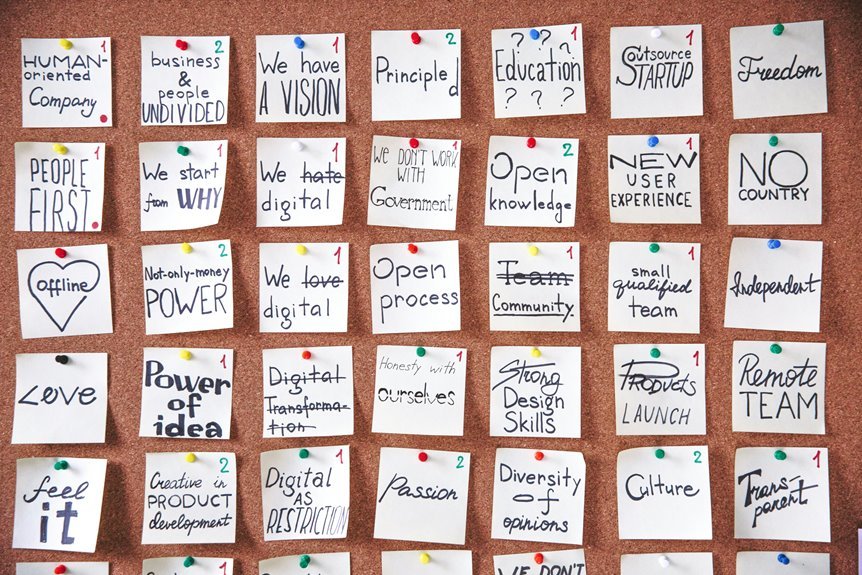Transforming Organizational Culture 3200642616
Transforming organizational culture requires a systematic approach to modify underlying values and practices. By examining current cultural dynamics, organizations can pinpoint strengths and weaknesses. Strategies that resonate with core values can drive employee engagement and alignment. However, the challenge lies in effectively measuring the impact of these changes. Understanding the nuances of this transformation may reveal critical insights that could redefine workplace dynamics. What might these insights be?
Understanding Organizational Culture
Although organizational culture often remains an abstract concept, it encompasses the shared values, beliefs, and practices that shape the behavior of individuals within a company.
These cultural values significantly influence employee engagement, fostering an environment where collaboration thrives.
Understanding this intricate fabric allows organizations to harness the potential of their workforce, promoting autonomy and motivation while aligning individual aspirations with collective goals for greater fulfillment.
Assessing Your Current Culture
How can an organization effectively evaluate its current culture? A thorough cultural assessment involves gathering insights on employee engagement through surveys, interviews, and focus groups.
Strategies for Cultural Transformation
To successfully implement cultural transformation, organizations must adopt a multifaceted strategy that aligns with their core values and objectives.
Fostering employee engagement is crucial, as it cultivates a sense of ownership among staff. Additionally, ensuring leadership alignment promotes a unified vision, enhancing collaboration across all levels.
This dual approach not only empowers employees but also solidifies the foundation for sustainable cultural change.
Measuring the Impact of Cultural Change
Regularly assessing the impact of cultural change is essential for organizations aiming to gauge the effectiveness of their transformation efforts.
Employing cultural metrics facilitates a comprehensive impact evaluation, allowing leaders to identify strengths and weaknesses.
This analytical approach fosters a collaborative environment where feedback is valued, ultimately empowering teams to embrace cultural shifts and enhance organizational freedom, innovation, and performance.
Conclusion
In the grand theater of organizational transformation, the shift in culture is not merely a change; it is akin to a seismic revolution that can catapult companies to unprecedented heights of innovation and productivity. By meticulously assessing and reshaping cultural dynamics, organizations can unlock a treasure trove of employee potential, propelling them into a realm of collaboration and engagement that was once thought unattainable. Ultimately, this journey is not just beneficial; it is essential for survival in an ever-evolving business landscape.






